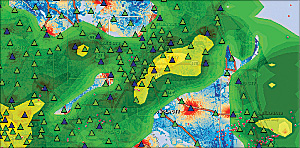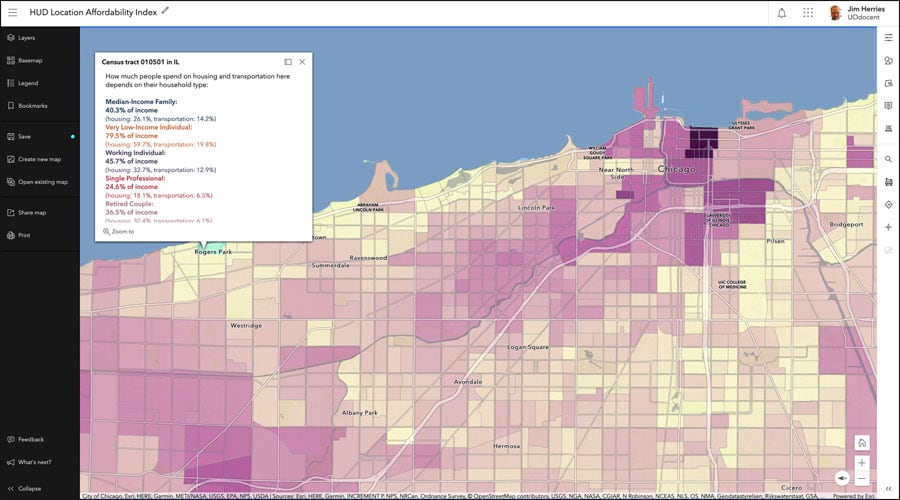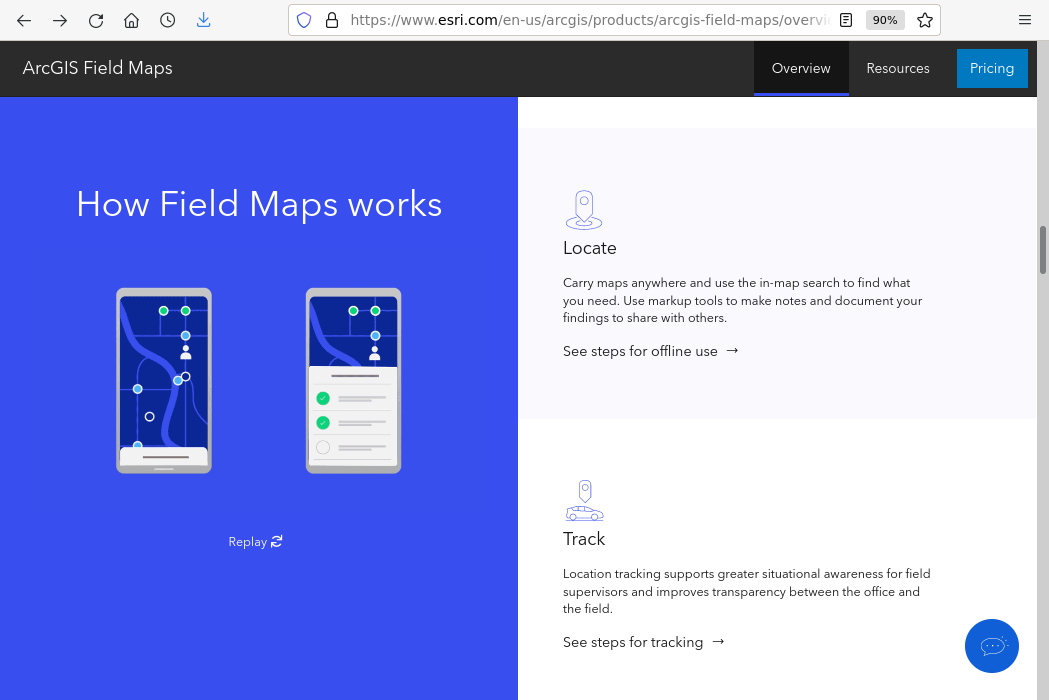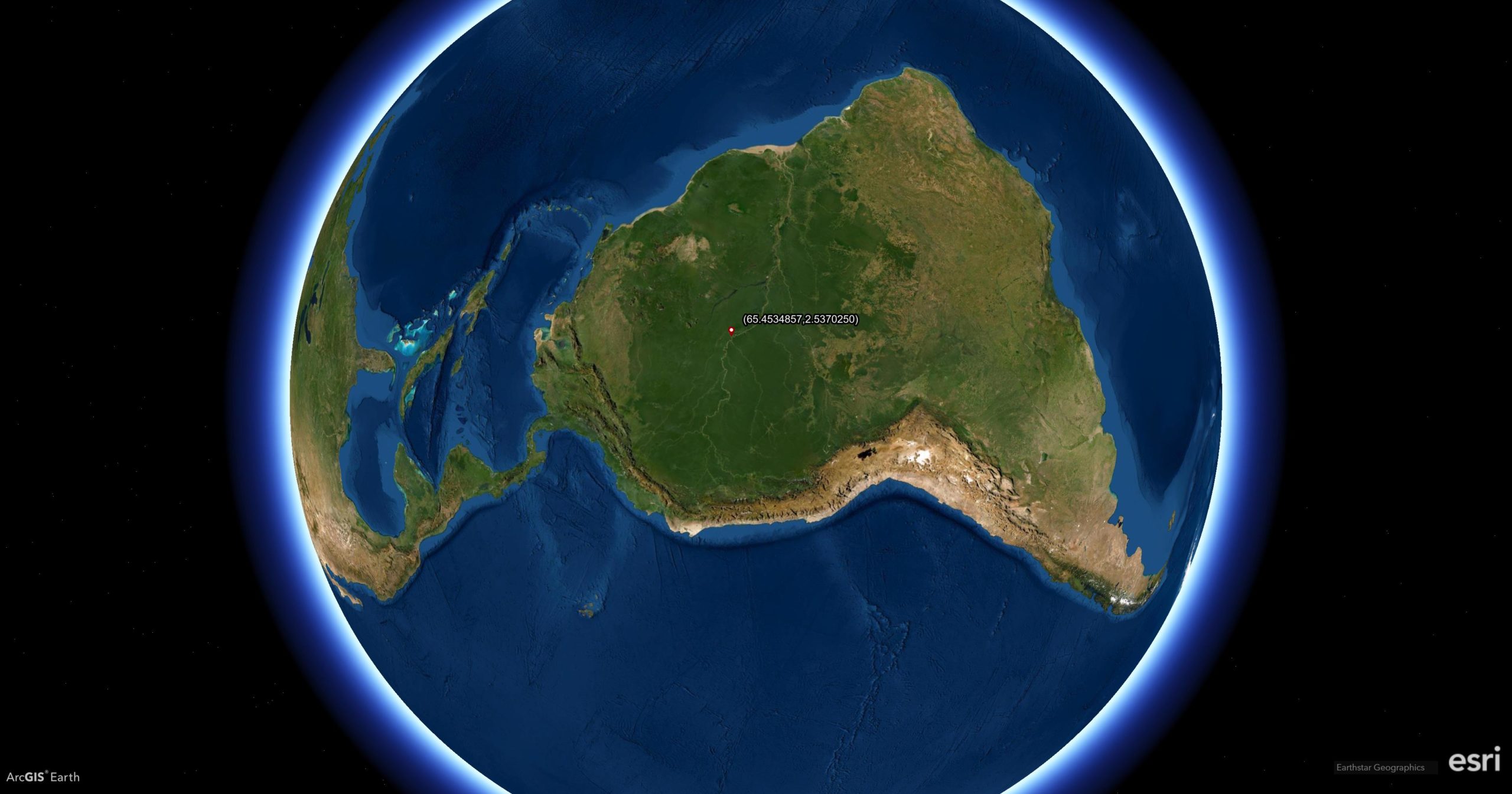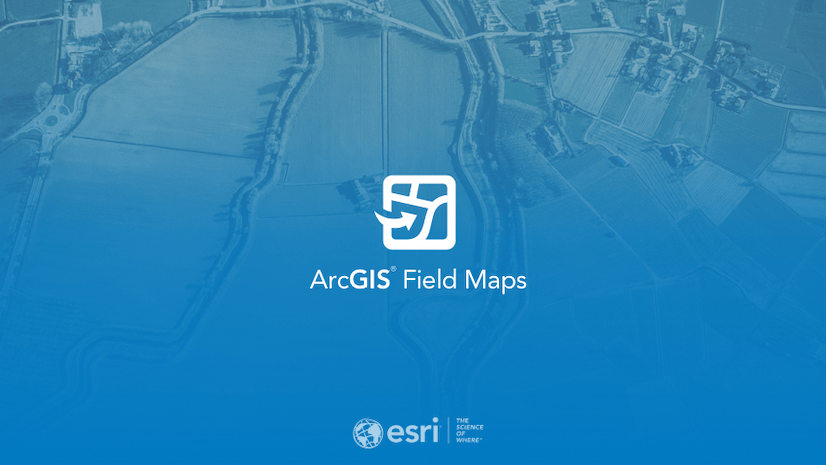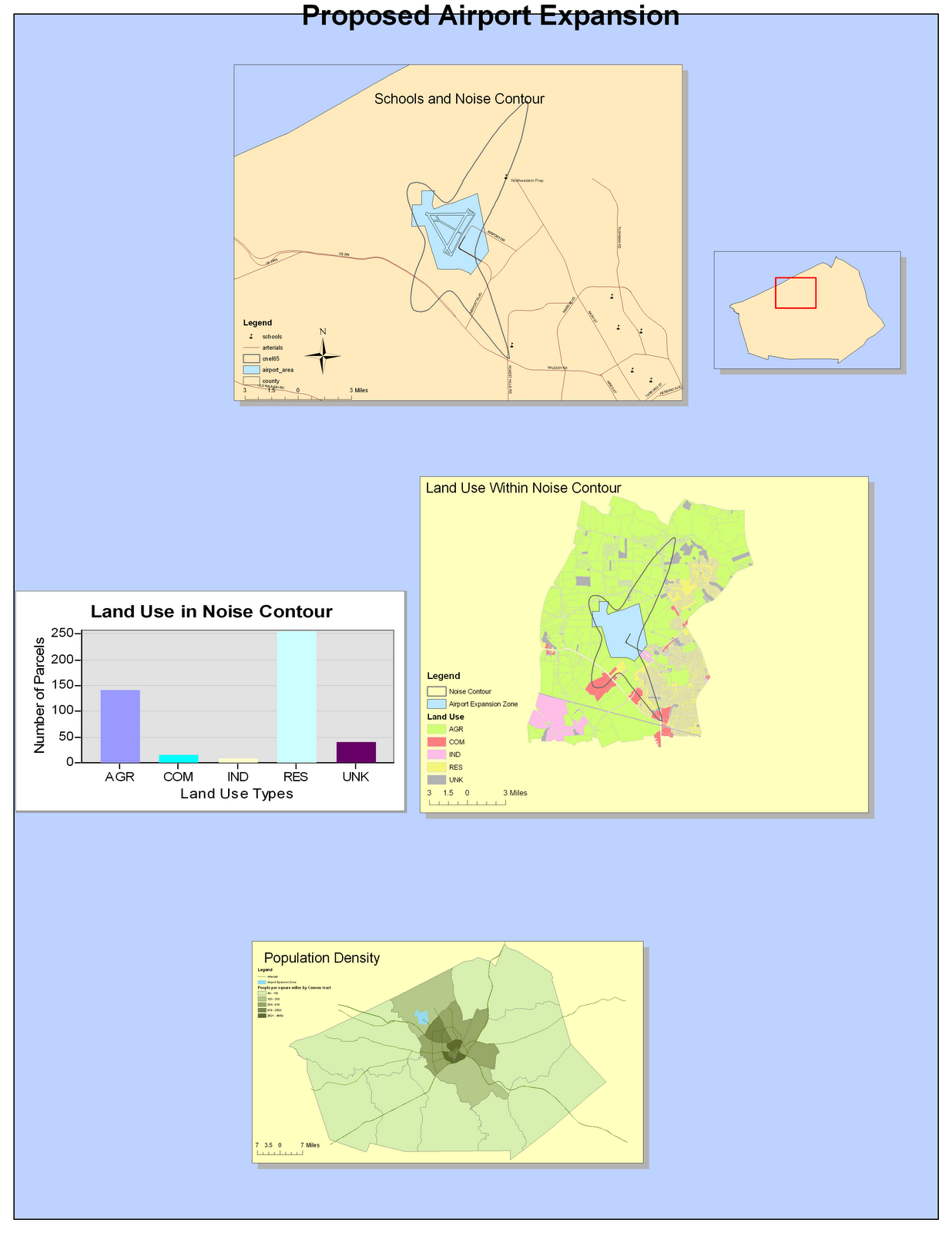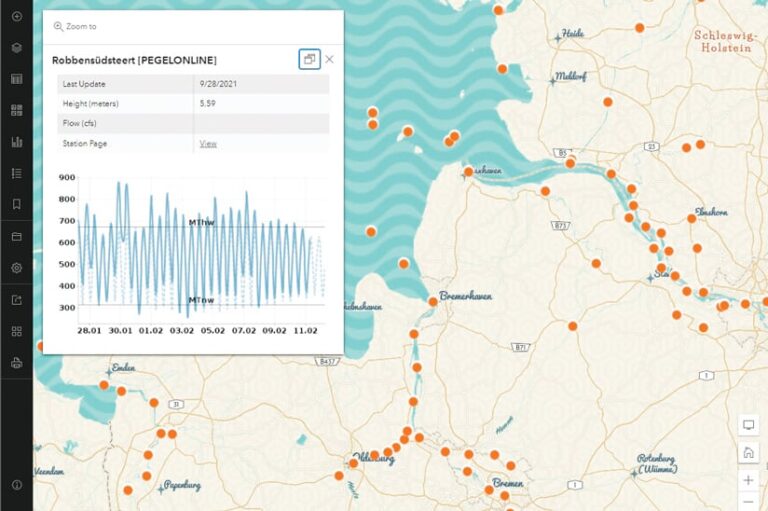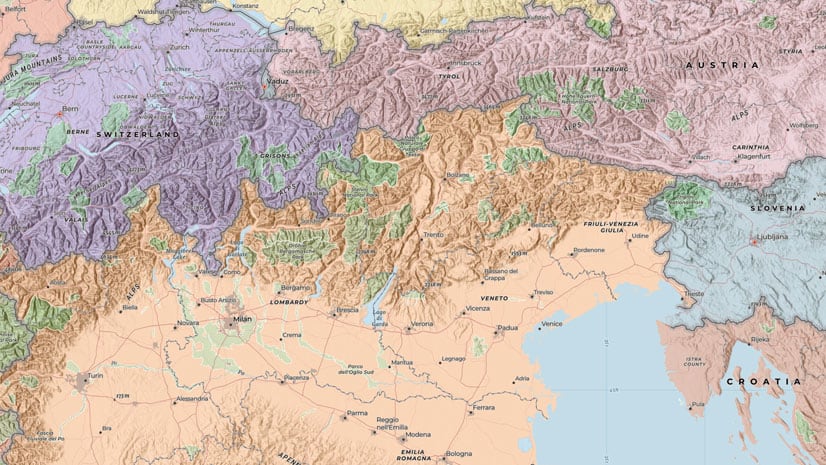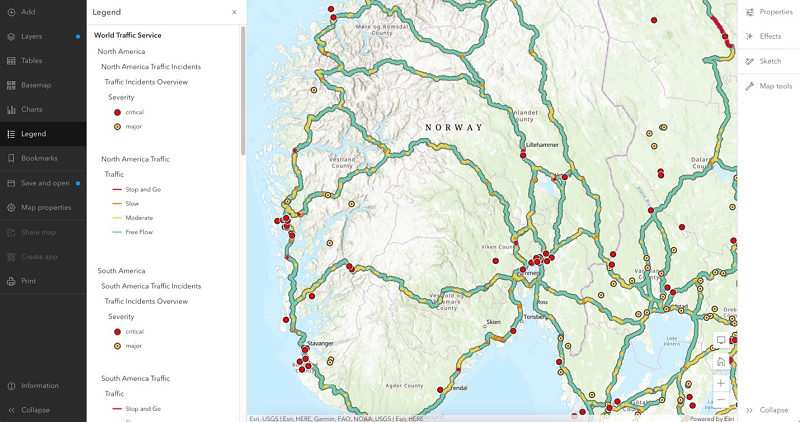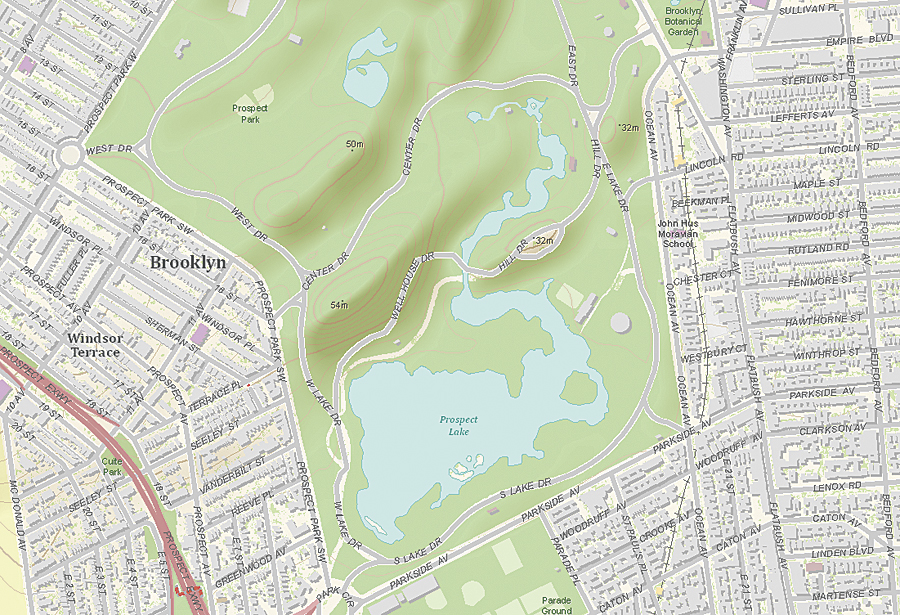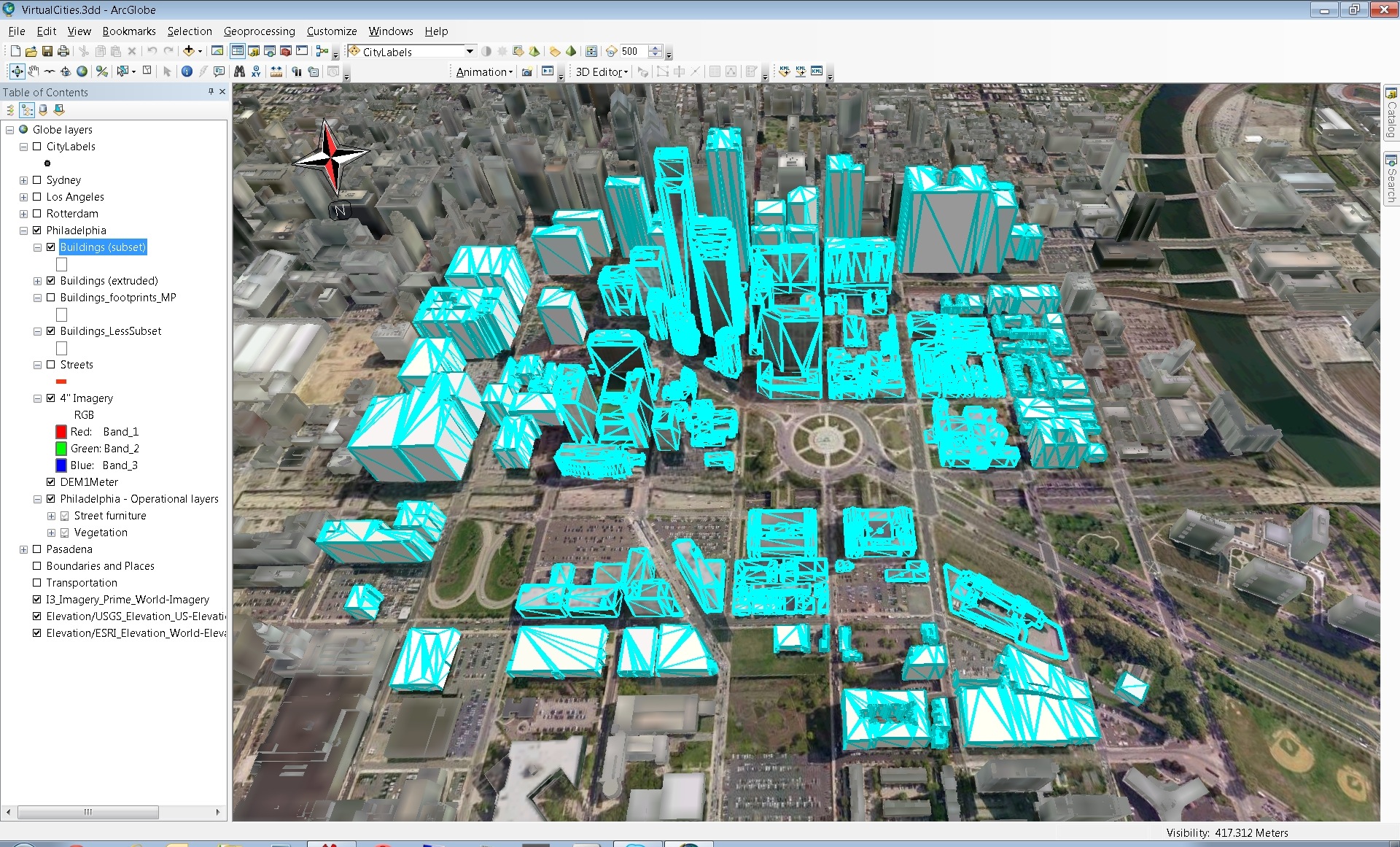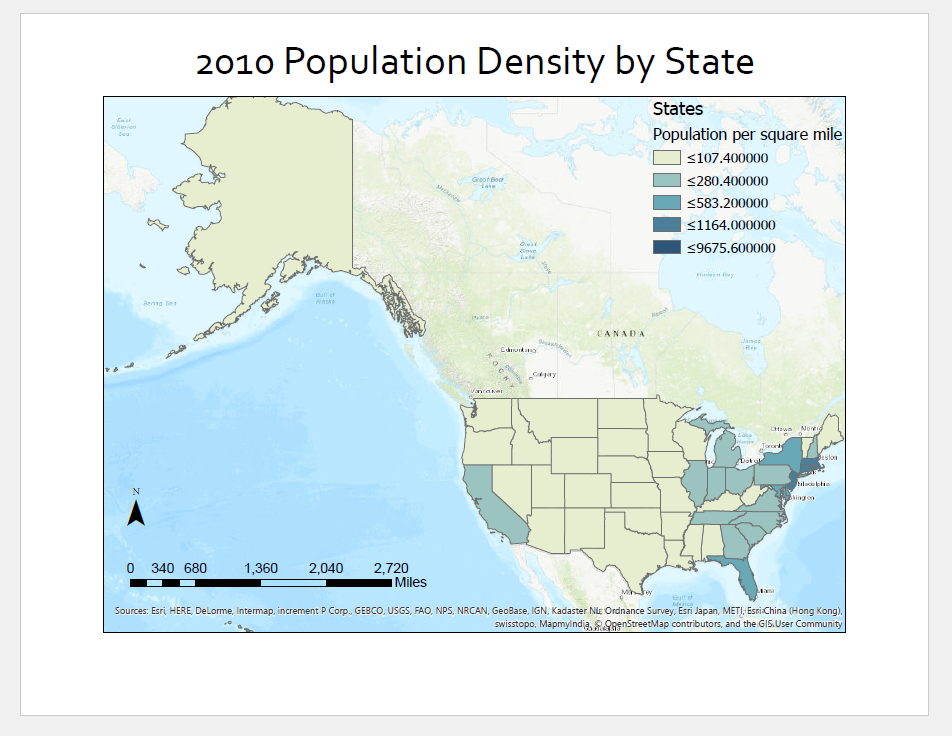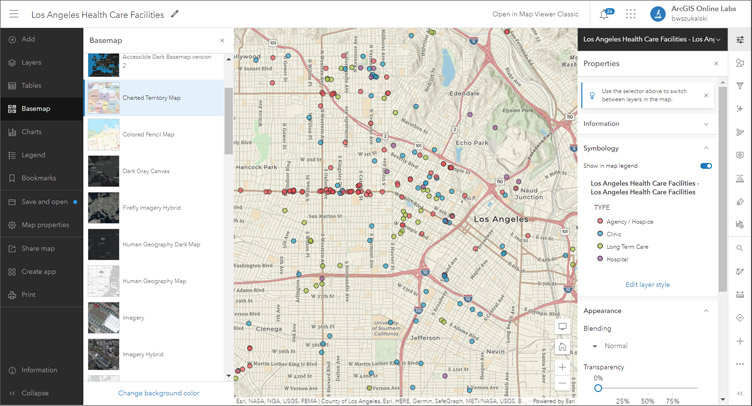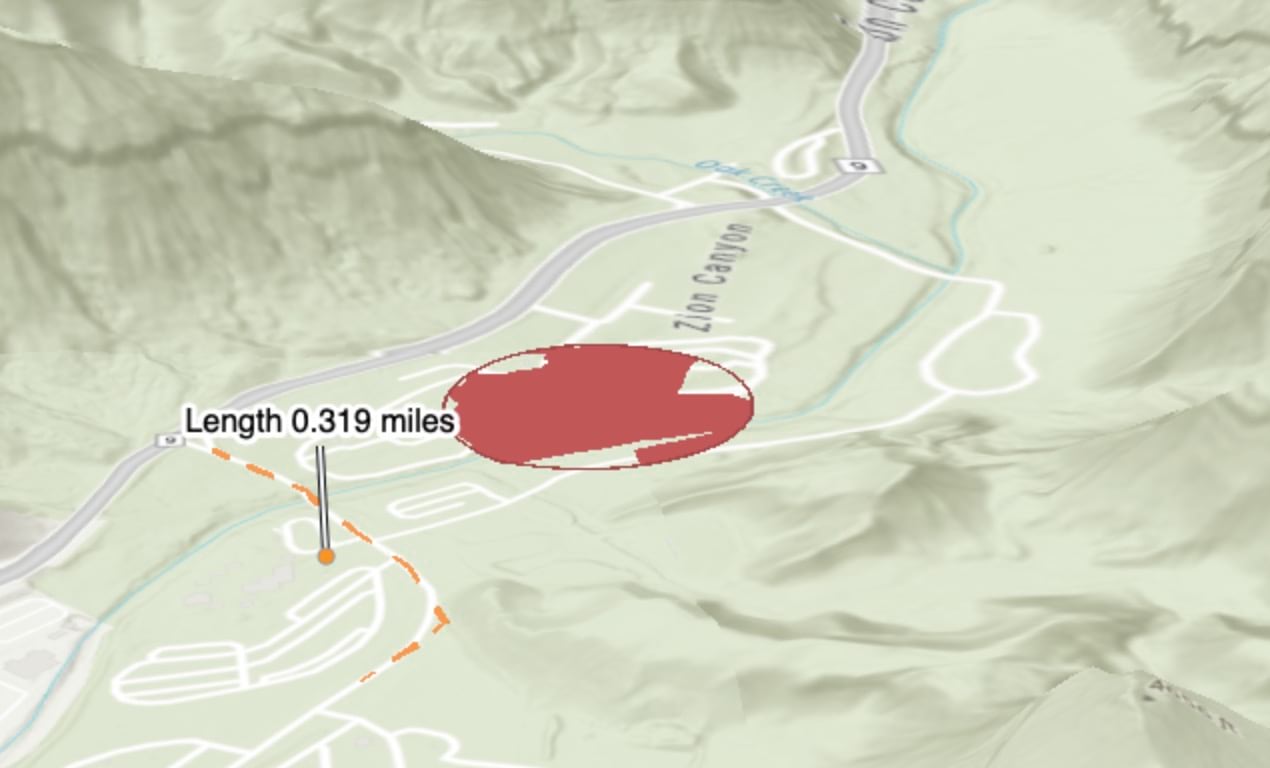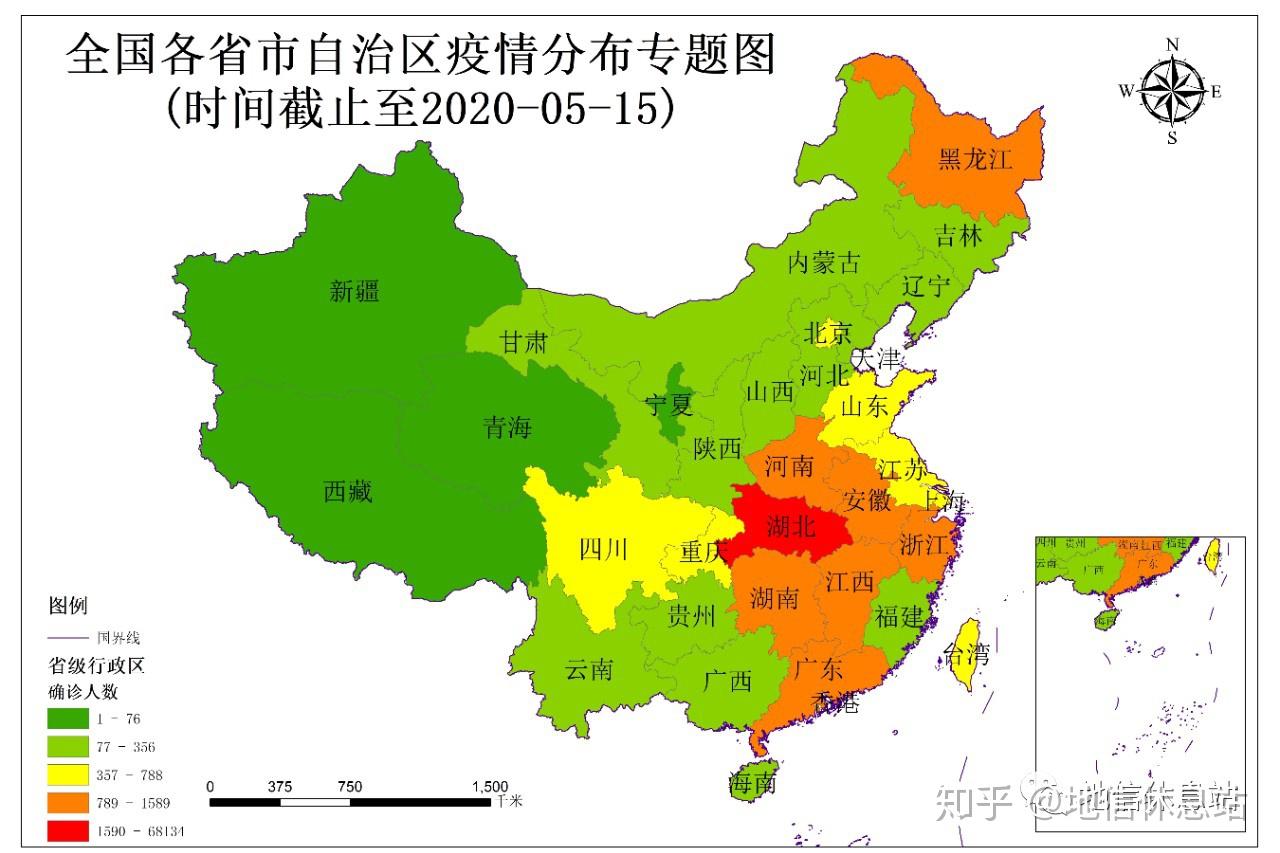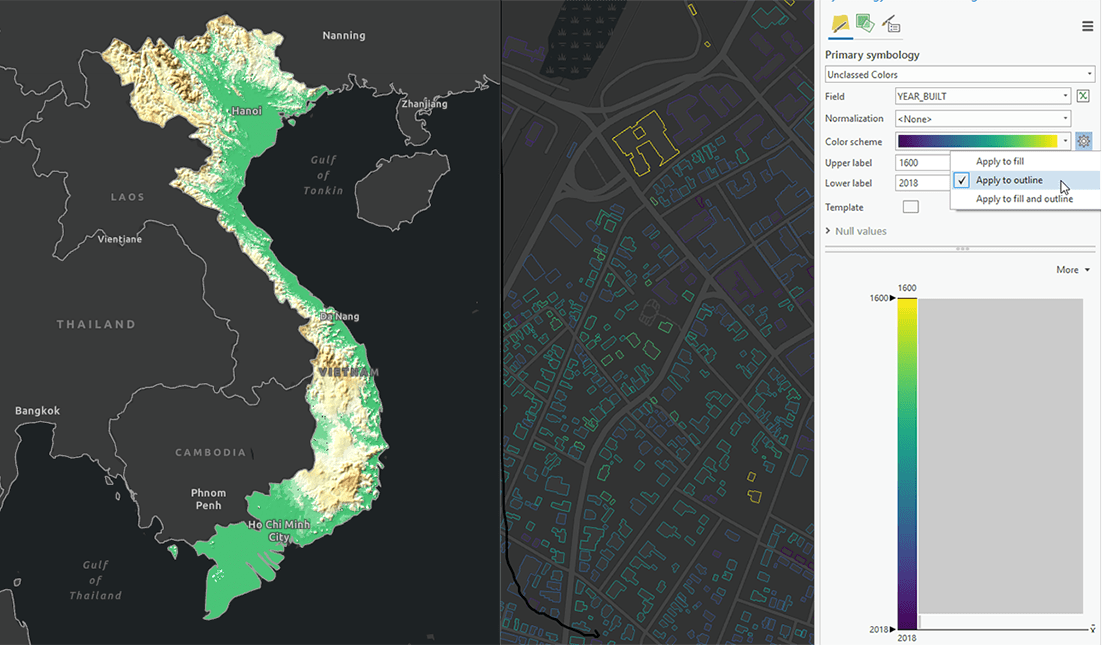Esri federal gis conference 2024.Tour an expansive collection of beautiful, innovative maps created by our global user community.
Sierra leone won the 2024 blue grass stakes earlier this month.111 west harbor drive | san diego, ca 92101 | usa.Take your presentations with you and share briefings natively with the arcgis storymaps briefings app to present dynamic maps and scenes to your stakeholders anywhere, anytime, even offline.
Tips for 2024 the competition remember there are many gis practitioners from around the state willing and able to help navigate the technology, provide evaluations of maps and other elements, and help with content.Create presentations called briefings from the arcgis storymaps builder and quickly consolidate critical information into shareable slides.
Esri federal gis conference part 2 opening video.The two cicada broods will emerge in a combined 17 states across the southeast and midwest, with an overlap in parts of.Here are features planned for 2024.
Fierceness most recently won the 2024 florida derby at the end of march.Arcgis solutions 2024 product roadmap.
Each map highlights the powerful capabilities of gis technology & tells stories you'll want to explore.You can also customize your view by selecting different indicators, time periods, and geographic areas.The february 2024 arcgis dashboards update introduces several exciting enhancements,.
Check out where broods xiii, xix will emerge.The next total solar eclipse in the americas comes on april 8, 2024.
For more information, see the what's new in arcgis online blog article.
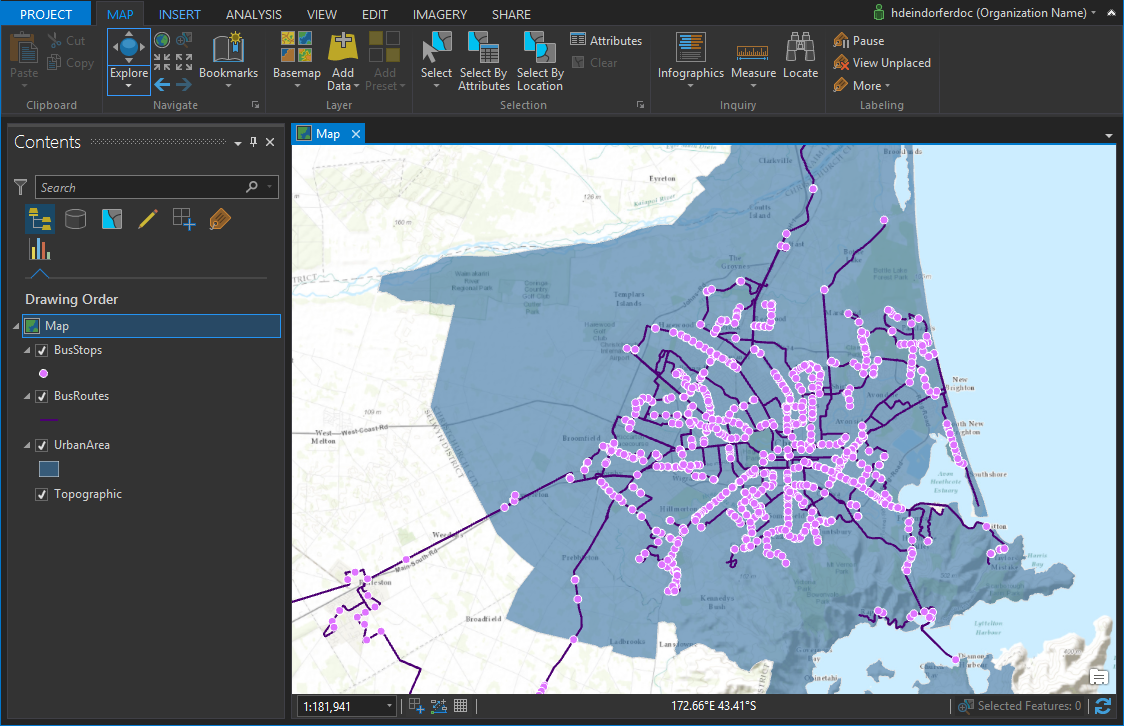 Queen's Club To Stage Women's Event Next Year
Queen's Club To Stage Women's Event Next Year
News of James Anderson's impending retirement was, in many ways, a starter pistol for England's bid to reclaim the Ashes. Behind the scenes, however, that race had already begun.
The ECB's performance team are currently in the process of building a "What It Takes To Win" model for the 2025-26 tour to Australia. Its construction will be informed by the knowledge of coaches and players past and present, along with data accrued from previous visits. Once deemed robust enough, it will refine decisions around talent ID and provide selectors all the information required to select a squad capable of a first win Down Under since 2010-11. The aim, ultimately, is to "bring data to life".
Thanks to the ECB's new iHawk technology, collecting that data has never been easier or more qualitative. Through cameras worn by umpires, each delivery is tracked to provide information such as seam movement, release height, pace and swing. An overlay highlighting the path of the ball is then produced, complete with the above information at the top left of the screen.
A soft launch in 2023 saw 200 matches and over 50,000 balls logged from more than 250 bowlers. Every domestic men's and women's match will be covered for the first time this season.
There is already a healthy bank of information on the next crop of quicks with the Ashes in mind, outside the contracted Matthew Potts, Gus Atkinson, Brydon Carse, and Josh Tongue, which will be pored over in the coming weeks. A longer-term project is currently in the works to determine the precise difference in behaviour between the Dukes and Kookaburra balls from gleanings during its use in the first two rounds of the County Championship, supplemented by findings when it returns in July and August.
With the start of England men's Test summer two months away, all this will be fed to the selection committee made up of captain Ben Stokes, head coach Brendon McCullum, managing director Rob Key and national selector Luke Wright. Whether for the series against West Indies or Sri Lanka, a scientific punt could be in the offing.
"It's a massive project just started now on what it will take to win the Ashes," explains Stafford Murray, performance lead at the ECB with a background in analytics in squash and Olympic sports. "Data based, knowledge of coaches, players, current and ex. We'll synthesise all that into a 'What It Takes To Win" model and then we'll work back from that - what do we need, what type of player do we need, and then we can start delving into selection.
"If we're brave, which I know we will be, we'll be selecting in series before the Ashes with the Ashes in mind. It's a blend and it's an ongoing, iterative process, working towards a long-term goal.
"Selection this summer, while some of it might look a little bit weird, is actually with the Ashes in mind. It's a 'performance backwards' approach, looking at the long-term goal."
Primarily a business model, "performance backwards" is as it sounds; identifying a future goal and working out the route to that point in reverse. England employed it for the recent tour of India, which led to the selection Shoaib Bashir. The Somerset offspinner took 17 wickets across three Tests, having arrived with a first-class average of 67.00 from just six matches.
"Shoaib is a really good example [of this]," explains Hannah Jowitt, the lead on the iHawk project as well as analyst and project specialist for the ECB's pathway and disability programmes. "People had eyes on him last season. We then had iHawk data from a couple of County Championship games.
"One step before that, we analysed what was needed in India. Release height in India was really important. We got data from county cricket. That combined with scouts insights led to his selection for the UAE [Lions] camp. Coaches and selectors had physical eyes on him there. We got more iHawk data on him, more video [which was fed directly by Murray to a WhatsApp group featuring Key, McCullum, Stokes and Wright], which led to his selection for playing in India."
Essentially, iHawk is HawkEye "lite". The full bells and whistles, which require between four and six cameras, are exclusive to international cricket due to, among other factors, cost.
Such are the advances in the space of 12 months that the kit has been streamlined from a camera phone on a "necklace" and a 2kg waistband filled with the necessary hardware to a more secure harness with a GoPro and a mobile phone as a "mini-computer" in an umpire's back pocket.
Though not a real-time system, at its best, information is fed through into each analyst's coding system and is also available in a central hub in the cloud within three or four balls, depending on Wi-Fi connections. With the help of Artificial Intelligence, that should soon be instantaneous.
All counties have access to this hub, which offers a dashboard with a range of filters, including whether they are English-qualified. Pace bowlers can be arranged to see who, for instance, bowls the greater percentage of deliveries above a certain threshold. Josh Tongue, who made his Test debut against Ireland, and Josh Turner were two quicks identified through iHawk last summer.
This season, one bowler, whom the ECB has kept anonymous due to binds on performance data and thus may or may not be English qualified, has delivered 12% above 88mph, with 3% in excess of 90mph. The catch is that they have had only 34 deliveries tracked at the time of writing.
For batters, filters can be applied accordingly to show how they fair against "Test-quality deliveries". The ECB has also devised an "impact metric" by using 2023's data to devise a specific model to determine a batter's quality beyond traditional statistics. Essentially, the impact their innings had on the outcome of the match, tied in with factors such as a ground's scoring history, fielding data and even the weather to give as much context as possible. Zak Crawley's presence in the Test team long before his purple patch was ultimately along these lines.
"By looking at the quality of the ball through iHawk, we can measure whether their shot or their ball had a positive or negative impact on the probability of that match," Stafford says. "They might have only got 23, but actually, if you look at his impact, it was greater than someone who scored 40.
"A lot of players, particularly in the Champo, both ends, ones that have really good traditional figures, might not have a massive impact. Ones that have bad traditional figures might have a huge impact. It's a different way of looking at the data with better context."
Umpires, too, are benefiting from iHawk. Its accuracy and perspective from the umpire's perspective are such that it is being used as a developmental aid.
"It's been a really good learning tool for us," Surendiran Shanmugam, a member of the ECB's professional umpires' team, says. "To go back and look at your decisions, even though we are not being assessed with that, it helps us match what we see on the field and are my decisions still right based on these videos."
The technology's limitations mean it is not being considered as a watered-down alternative for DRS. Nevertheless, umpires are picking up on emerging trends and even starting to use it to familiarise themselves with the idiosyncrasies of different cricketers. The latter is particularly important given the churn of overseas players in an English summer.
"I hope we use it to go really proactive, especially with overseas players coming in and out a lot," says Hamish Grant, professional umpires' manager at the ECB. He cites the decision error rate in the Hundred last year, which was similar across the men's and women's competitions but for very different reasons.
"In the men's it was left-armers bowling really full and going across off stump, which we just never see. Normally it's missing leg stump, but that type of bowling, there are a lot of bowlers doing that.
"In the women's game there was a lot of legspinners. We don't have as many domestically, [but] we had a lot from the southern hemisphere coming over and that provided a really different challenge."



